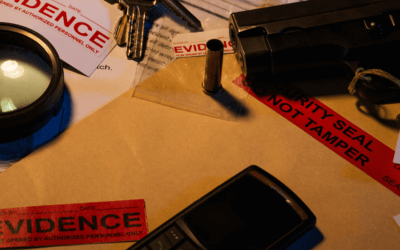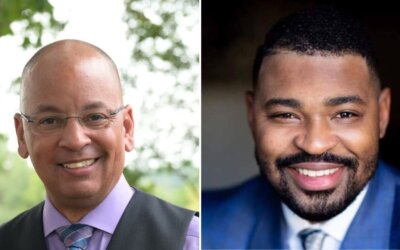
Contributed photo - Private First Class Bobbie Ray Daniels served in the Korean War.
A soldier finally returns to Bedford 71 years after his death.
BEDFORD – In 1950, a Bedford family faced a tragedy. Through a telegram, parents received news no family ever wants to hear.
Stationed in Korea, their son, 17-year-old United States Army Pfc. Bobbie Ray Daniels, was a long way away from his Bedford home. The soldier, a member of Company F, 2nd Battalion, 5th Cavalry Regiment, 1st Cavalry Division, went out on assignment on Aug. 16, 1950.
The mid-August battle took place near Waegwan, South Korea. Sadly, the teenage soldier did not return from the battlefield. The Army did not immediately recover recognizable remains, so they originally marked Daniels as missing in action.
During a search of Korean War battlefields in February and March 1951, a recovery crew discovered two partial sets of remains. They found both sets of remains near the area Daniels went missing months before.
Staff at the Tanggok United Nations Military Cemetery conducted a preliminary examination of the body or bodies. However, they could not determine who the remains belonged to.
They labeled the soldier or soldiers as Unknown X-412 Tanggok and Unknown X-817 Tanggok and buried the remains.
The Army officially declared Daniels as dead more than two years later, on May 1, 1953.
Less than a decade after 19 out of 35 soldiers from Bedford perished on D-Day – and four more soldiers lost their lives before the end of that campaign – the small mountain town mourned the loss of yet another one of its young men.
Fast Forward
While further attempts at identification took place on the remains found in South Korea, they were ultimately unsuccessful.
All Korean War remains, including Unknown X-412 Tanggok and Unknown X-817, came back to U.S. soil. Laid to rest as an unknown soldier at the National Memorial Cemetery of the Pacific in Honolulu, Hawaii, the remains remained undisturbed until 2017.
Four years ago, a family with an unresolved soldier requested the disinterment of X-412 and X-817 for comparison. They selected X-412 and X-817 because of the remains’ proximity to Daniels’ last known location. They exhumed the remains on Aug. 20, 2018.
Further research by a DPAA historian and forensic anthropologist determined both sets of remains showed similarities to Daniels, among others. The Defense POW/MIA Accounting Agency (DPAA) Laboratory at Joint Base Pearl Harbor/Hickam, Hawaii, received the remains and conducted an analysis.
To identify Daniels’ remains, scientists from DPAA used dental and anthropological analysis, as well as circumstantial evidence. Additionally, scientists from the Armed Forces Medical Examiner System used mitochondrial DNA analysis.
The analysis confirmed that the remains belonged to Daniels. A rosette will appear next to Daniels’ name on the Courts of the Missing at the Punchbowl, a memorial to soldiers still missing from the Korean War.
Connecting the Past to Bedford
From the soldier’s date of death to present day, nearly 71 years elapsed.
With more advanced identification techniques available seven decades later, identifying remains is arguably easier than it was back in 1950. Now, families are able to close the chapter of a missing soldier rather often.
“This is a fairly common thing for DPAA,” said Sgt. 1st Class Sean Everette, DPAA
spokesperson. “The vast majority of our cases are from World War II, the Korean War and the Vietnam War, so the service members we account for were declared missing, unaccounted for or non-recoverable between roughly 50 and 80 years ago.”
Updated weekly, the DPAA keeps a record of soldiers still missing. As of Friday, 81,700 Americans remained missing from WWII, the Korean War, the Vietnam War, the Cold War and the Gulf Wars and other conflicts. Out of the more than 81,700 missing, 75% of the losses remain in the Indo-Pacific. Experts presume that over 41,000 of the missing remain lost at sea.
Identifying Soldiers
Soldiers first made identification tags during the Civil War. With mass, unmarked graves appearing after battles, troops marked their clothing with stencils, pinned paper tags onto their clothing and carved their names into makeshift wooden necklaces. All of those methods upped their chances of identification, should they perish.
Beginning in World War I, soldiers started to wear timepieces on their wrists. Sometimes, the “trench watches,” many complete with shrapnel guards, held engravings on the back with identifying markers for the troop the piece belonged to.
By 1936, “dog tags” became the norm. The markers from 85 years ago are similar to the identification tags issued to soldiers today.
However, in the 21st century, further identification advancements came to light.
“The mission to account for missing service members has been on-going for decades. However, in the 2000s, DNA analysis technology reached a point where it was possible to extract DNA from the older remains we deal with. This scientific advance has been a huge help in accounting for the service member remains we’ve been able to recover,” Everette said. “The Armed Forces Medical Examiner System’s DNA Identification Laboratory has partnered with us for many years and takes care of all of the DNA analysis. However, DNA is just one tool in our toolkit. Our scientists also use forensic anthropology, forensic odontology, chest radiograph analysis and isotope analysis to help identify remains.”
The Search Continues
Even with the advancements in identification methods, more than 81,700 American soldiers still remain unidentified. In many cases, those alive today are the last remaining link to closing the final chapter of the fallen troops’ lives.
“DNA analysis definitely helped us identify more service members, but there is always more that can be done,” Everette said. “We always need family DNA reference samples (FRS) from the families of unaccounted-for service members. Without that FRS, it would be impossible for us and our partners to use DNA to identify remains, as there would be nothing to compare to the DNA extracted from
remains.”
If a family member heard stories about “Uncle John” who went missing at the Battle of the Bulge, now is the time to settle the mystery. Everette explained how to do that.
“The first step would be to contact the Service Casualty Office (SCO) for the military branch ‘Uncle John’ belonged to,” Everette said. “The SCOs have direct contact with the families and help them with finding out information about their loved ones. The SCOs also coordinate the collection of FRS from the families.”
For the Daniels family, the final chapter for 17-year-old Bobbie from Bedford came to a resolution after 71 years. The teen soldier’s burial will take place on May 22 in his hometown of Bedford.
“With all of the service members we account for, everyone at DPAA feels a great sense of accomplishment and reverence for those we account for,” Everette said. “However, what we feel pales in comparison to the sense of closure, relief and love most families feel whenever their loved one is returned to them.”
Amie Knowles reports for Dogwood. You can reach her at [email protected]
JOIN THE CONVERSATION: Sign Up For Dogwood’s Newsletter
Support Our Cause
Thank you for taking the time to read our work. Before you go, we hope you'll consider supporting our values-driven journalism, which has always strived to make clear what's really at stake for Virginians and our future.
Since day one, our goal here at Dogwood has always been to empower people across the commonwealth with fact-based news and information. We believe that when people are armed with knowledge about what's happening in their local, state, and federal governments—including who is working on their behalf and who is actively trying to block efforts aimed at improving the daily lives of Virginia families—they will be inspired to become civically engaged.


VIDEO: Your support matters!
Your support matters! Donate today. @vadogwoodnews Your support matters! Visit our link in bio to donate today. #virginianews #virginia #community...
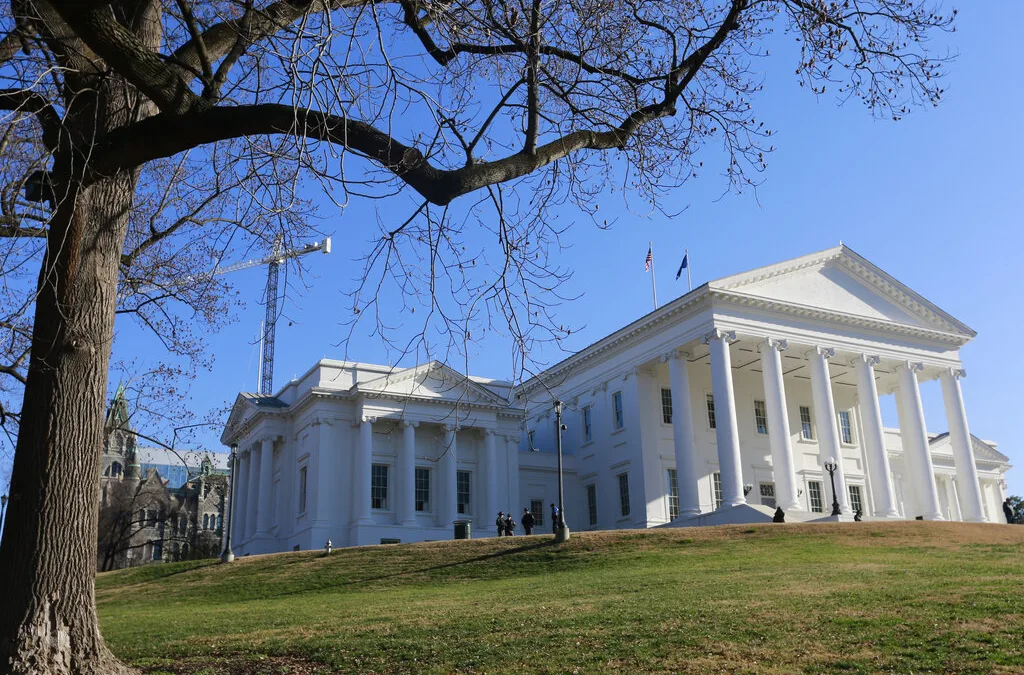
Op-Ed: Virginia’s new Democratic majorities pass key bills to improve your lives, but will Youngkin sign them?
The 2024 Virginia General Assembly regular session has wrapped up. It was a peculiar session from the outset, with Democratic majorities in the...
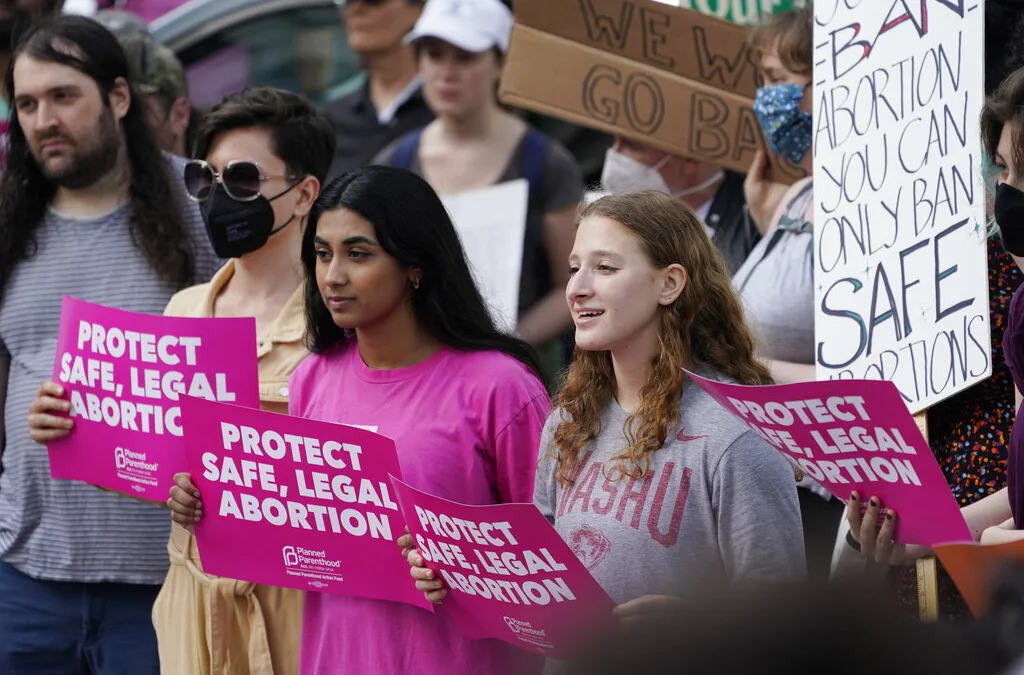
Op-Ed: Why Virginia Needs A Constitutional Amendment Protecting Reproductive Freedom
Virginia’s recent election season in 2023 drew in eyes from all over the country. Reproductive freedom was on the line and Virginia remained the...

From the state rock to the state flower, here’s how Virginia got its symbols
Have you ever wondered why the Dogwood is the state flower? Or how the cardinal became the state bird? We’re here to answer those questions and more...

VIDEO: Second-gentleman Douglas Emhoff gives speech on reproductive freedom
Second gentleman, Douglas Emhoff touched on reproductive freedom not only being a woman's issue but "an everyone's issue" during the Biden-Harris...
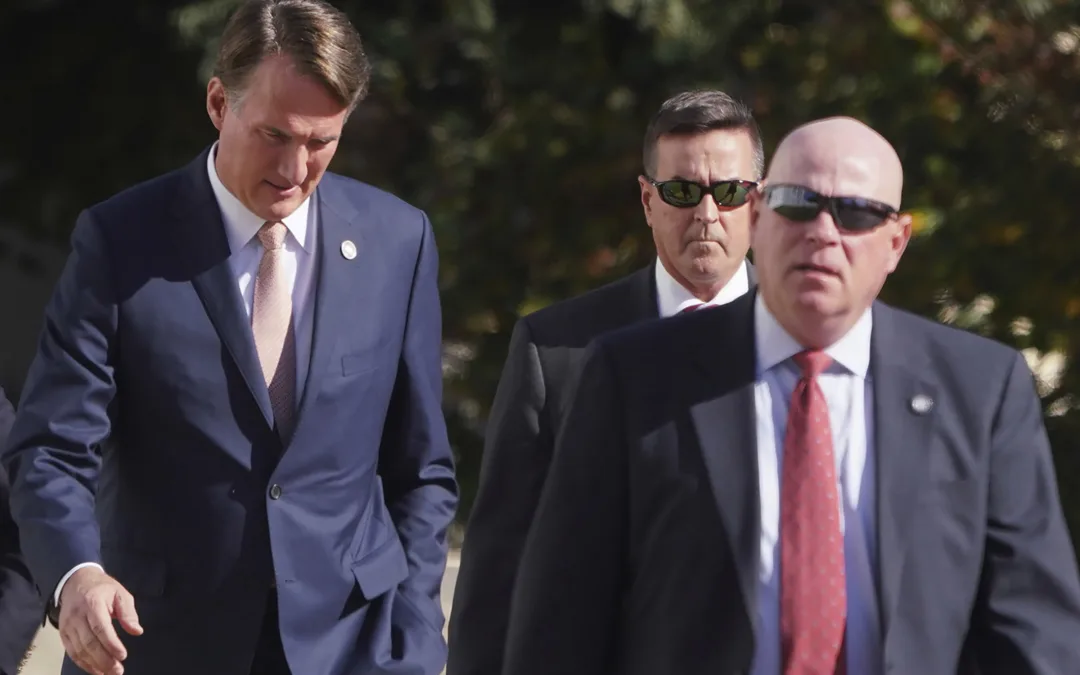
Glenn Youngkin and the terrible, horrible, no good, very bad night
Election Day 2023 has come and gone, and while there are votes to be counted, one thing is perfectly clear: Virginians unequivocally rejected Gov....



